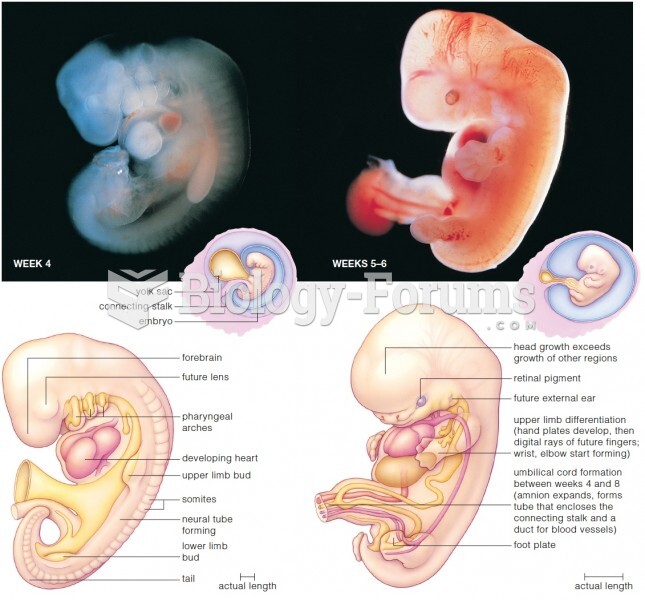This topic contains a solution. Click here to go to the answer
|
|
|
Did you know?
The U.S. Pharmacopeia Medication Errors Reporting Program states that approximately 50% of all medication errors involve insulin.
Did you know?
There are more bacteria in your mouth than there are people in the world.
Did you know?
Human kidneys will clean about 1 million gallons of blood in an average lifetime.
Did you know?
It is important to read food labels and choose foods with low cholesterol and saturated trans fat. You should limit saturated fat to no higher than 6% of daily calories.
Did you know?
The longest a person has survived after a heart transplant is 24 years.







